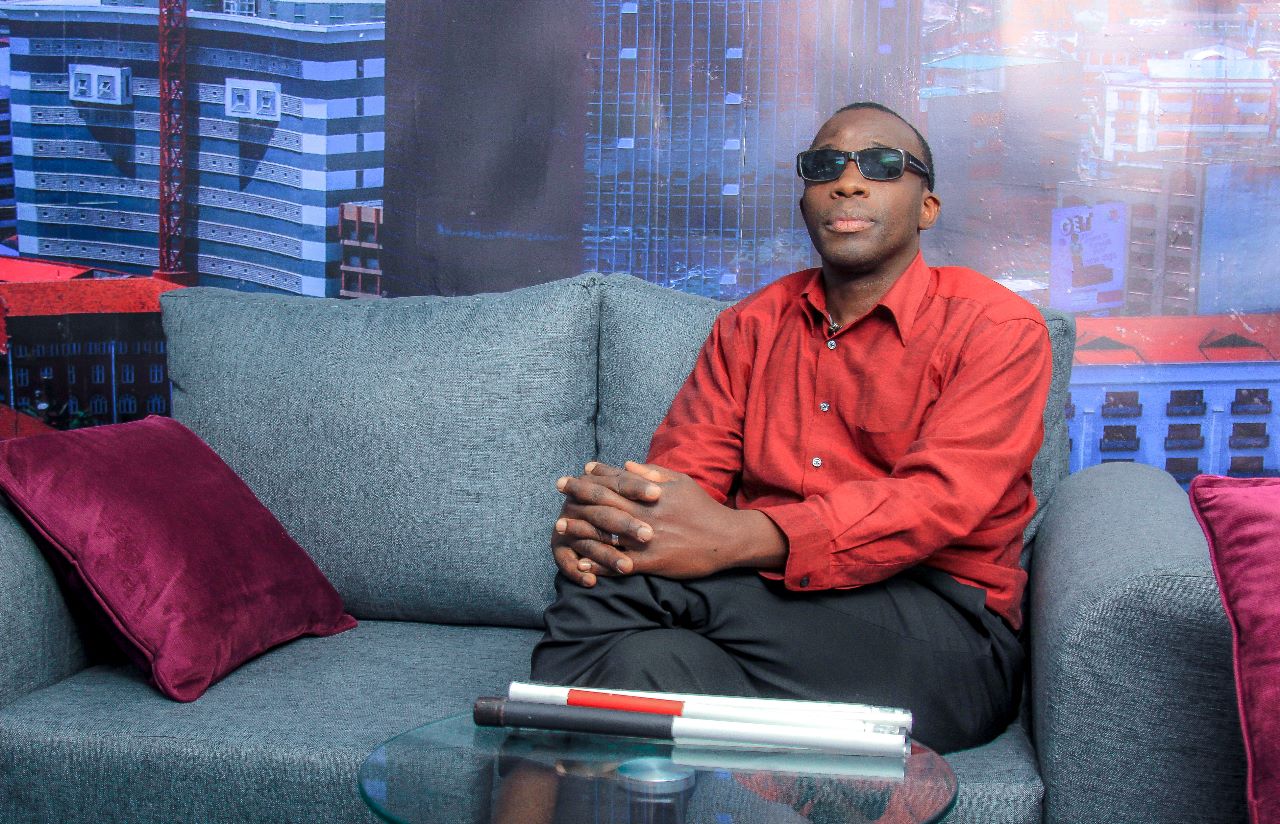How the Visually Impaired Persons Use Smart Phones
Yes, we can tweet; send text messages, post pictures and all.

We live in a society where people fear approaching and asking persons with disabilities how they cope and adjust with the changing trends in technology among others. This may be due to the misconception that it is rude to ask some of these questions. However, we do not realize that getting answers to such questions helps us get rid of various misbeliefs that have with time become part of the society when Disability is concerned.
Well, brace yourself for today we are going to answer one of the most asked questions in the world of the blind and visually impaired persons.
How does a visually impaired or blind person use a smart phone?
Not being able to see or having a very poor eye-sight does not bar one from enjoying what smartphones have to offer. Social media, mobile applications, name them,
Smartphones like iPhones (and any other Apple products) and Android devices are some of the devices with built-in accessibility features that are popular amongst the blind and visual impairment community. Some of these accessibility features include:
Screen-reader
Apple products such as the iphone have a VoiceOver whereas Android has the TalkBack. These two are examples of screen-readers that are built-in to these devices for accessibility for the visually impaired or blind persons.

The screen-reader reads out loud everything on the screen including images with descriptions. TalkBack and VoiceOver work with thousands of applications hence enabling visually impaired people enjoy using iPhones or Android devices, just like sighted people.
From calling, texting, perusing through social media, online shopping, managing money, and responding to important work emails, name them, the blind and visually impaired people can use a mobile phone as effectively as you can with your own eyes and vision.
Speak screen

The speak screen just like the screen reader also reads the screen out loud. It is ,mostly effective for reading emails, books or if you are struggling to read texts. The speak-screen is ideal for people who do not need to use a screen-reader but could sometimes benefit from speech functionality.
Dictation
Dictation is a speech-to-text functionality, meaning that you don’t have to type, but you can talk to your phone instead. It enables a visually impaired or blind person dictate messages, Facebook posts, tweets, emails and much more.
Dictation-feature resembles the popular Siri or Google Assistant which allow one to complete a variety of tasks for instance making calls, listen to music, checking the weather, opening mobile apps and much more.
Zoom

Zoom is a magnifier that enables people with low vision to magnify the screen. It works with built-in apps and third-party apps, making phones fully accessible. It is also possible to make the text larger and bolder, hence making it easier to see across all applications.
Final Verdict
The accessibility features mentioned above allow blind and visually impaired people to use mobile phones just like sighted people. Just because a person has a visual impairment, does not inhibit him/her from using it. These features are specifically designed to give disabled people full access to technology, and greater independence in accessing all there is in the social world.
By: Linzer Kibebe
Tags: Visually Impared
Related
Share this article
Unregistered Staff and Guest Writers: This account will no longer post articles. We appreciate your past engagement and invite you to stay connected with us!
View articles